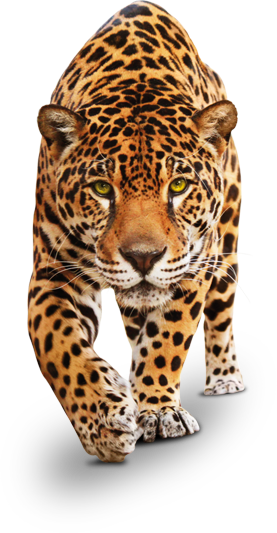

Atualize seu NavegadorNÛs detectamos que vocÍ esta usando uma vers„o obsoleta do Internet Explorer como seu navegador web.
Para entrar no site e usufruir de todos os recursos, por favor instale uma vers„o mais atual do IE.
SÛ levara alguns minutos para completar.
O site tambÈm pode ser visto usando:
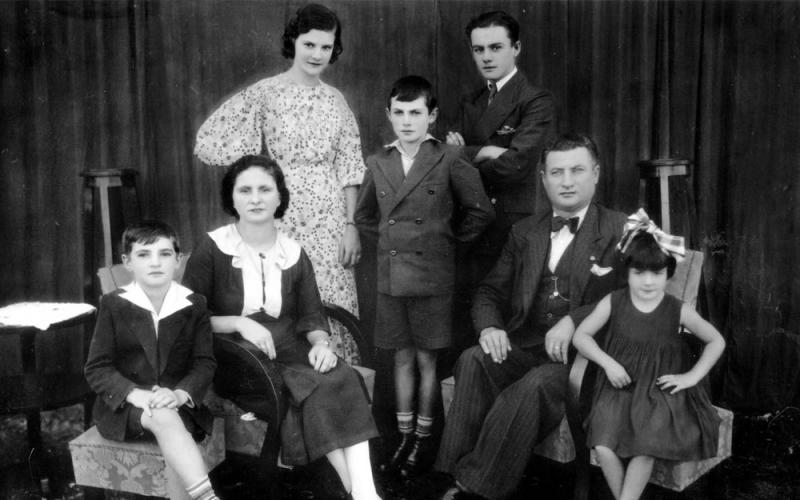
In 1915, the young couple Ítalo and Hermínia Ferrari arrived in the Salto Grande neighborhood, then a small cluster of houses, a pharmacy, and a few commercial establishments. The location was strategic, serving as a route to the Port of Tibiriçá and northern Paraná. Ítalo and Hermínia had left the partnership with their siblings in Ipaussu, in a small brewery, with plans to start a new life.
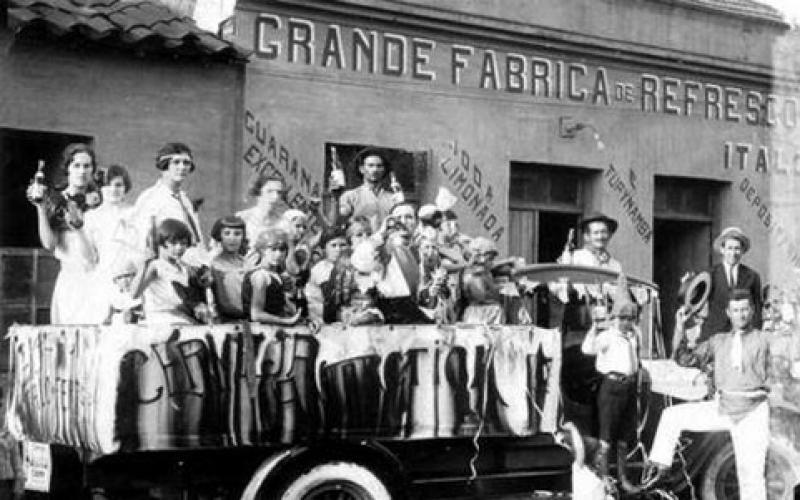
On Jacinto S√° Avenue, they set up a small bar in an area filled with houses and boarding houses that housed immigrants disembarking the Sorocabana Railway trains, some to stay in Ourinhos, others to go to Paran√°. Soon after, the couple saw an opportunity to open another bar, this time on Rua Paran√°, which until then had been a small route connecting the train station yard with the banks of the Paranapanema River, where a ferry transported passengers across the border into the state of Rio de Janeiro. Then the opportunity arose to open a soft drink factory, which at first looked like the photo and then, in 1917, was called IVORAN.
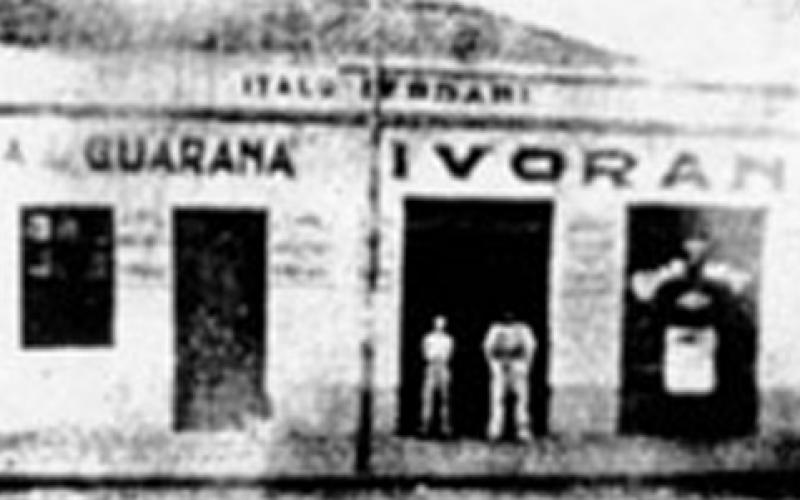
In 1917, a year before Salto Grande was emancipated and became the municipality of Ourinhos, Ítalo and Hermínia produced soft drinks and a cachaça that quickly gained fame and popularity in the small region. Each bottle of cachaça was labeled and wrapped in cellophane.
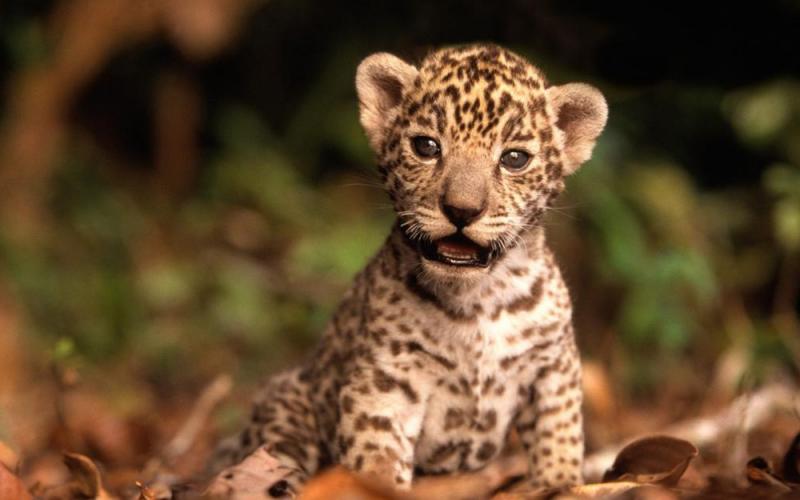
In 1918, cachaça became better known as “Oncinha,” after a hunter who would appear every evening with a jaguar cub at one of the city's bars to drink the cachaça produced by the Ferraris and be greeted with the exclamation: “Here comes the Leopard Man!”
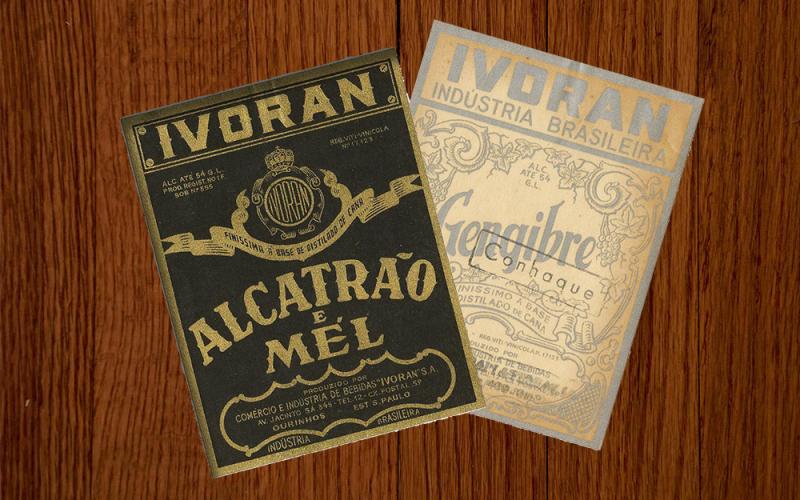
The family continued manufacturing soft drinks and distributing them throughout the interior of São Paulo and Paraná until the mid-1960s, when they decided to devote their full attention to the cachaça market, which was beginning to grow and gain value. The Ferraris then began producing sugarcane in Ibirarema, a town near Ourinhos, and approved several mills in the region to supply them with the raw material for cachaça.
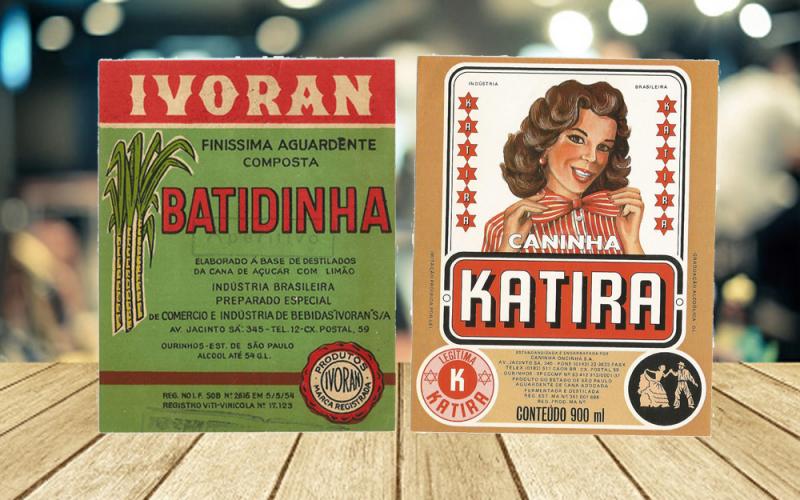
IVORAN diversifies its product line.
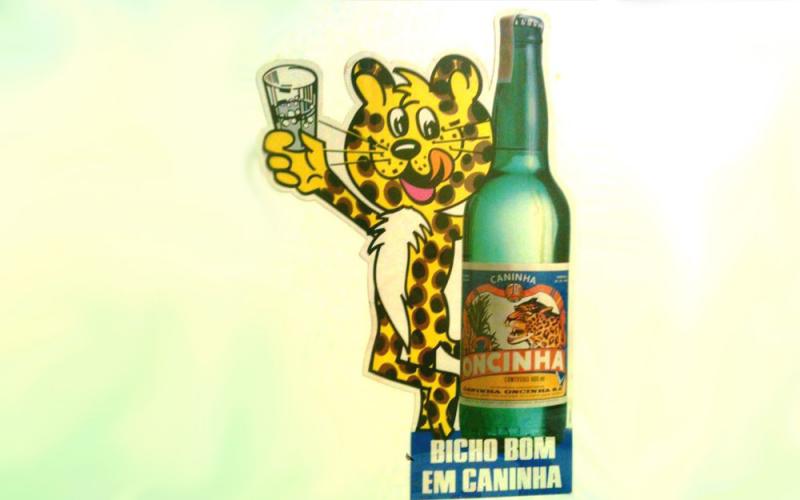
In 1958, Ítalo and Hermínia's sons – Nilo, Lino, and Ivo – took over the complex, which was then IVORAN S.A., and decided to change the company's name to Caninha Oncinha Ltda. The initiative was so successful that soon after, cachaça production increased from 40 dozen bottles per day to 400 bottles per hour.
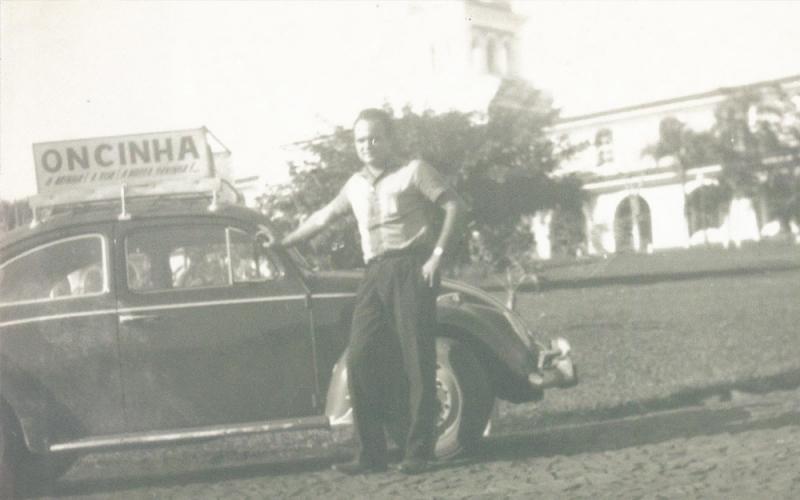
Nildo Ferrari, 23, personally sold Oncinha products, equipped with a sound car and advertising for the company, exploring the regions of the states of Paraná and São Paulo. In this 1967 photo, he is seen in front of the Hotel das Cataratas in Foz do Igaraçu, PR.
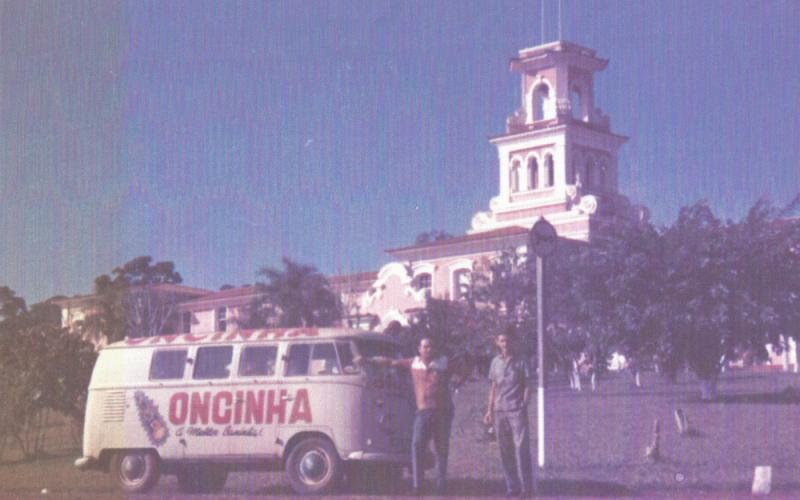
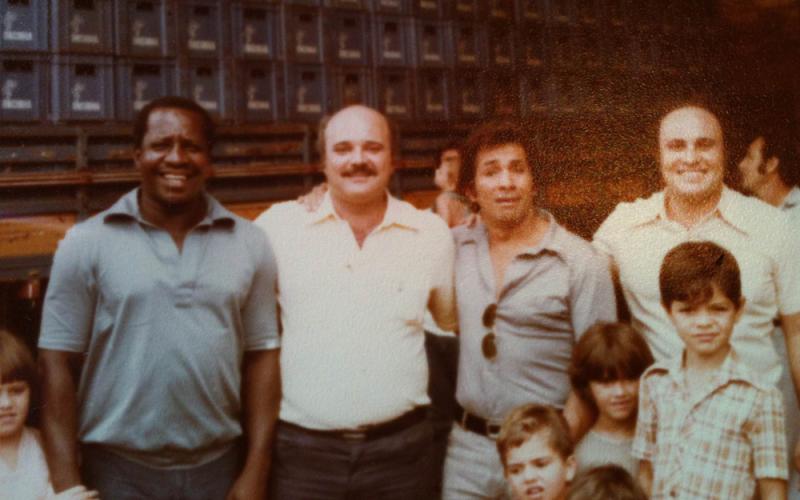
Beginning in 1975, cachaça began to gain importance as a typically national drink, losing its pejorative meaning, thanks to massive investments by cachaça producers in the media.
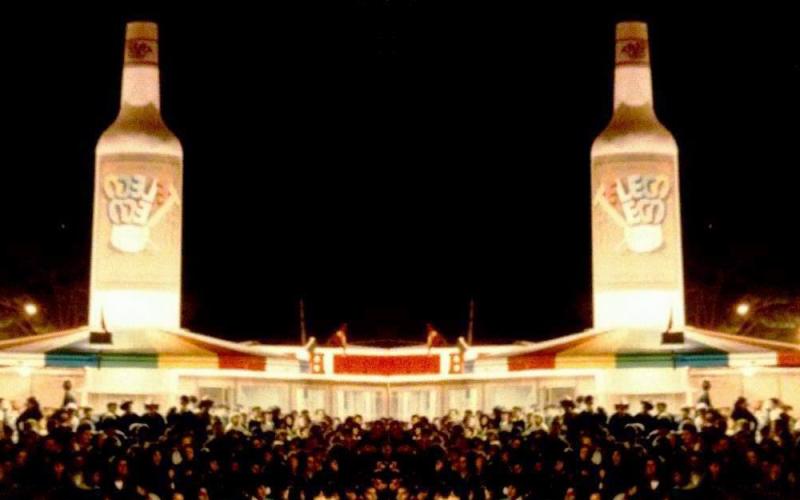
In the early 1980s, the company launched another brand of cachaça, Teleco Teco, which quickly became a success.
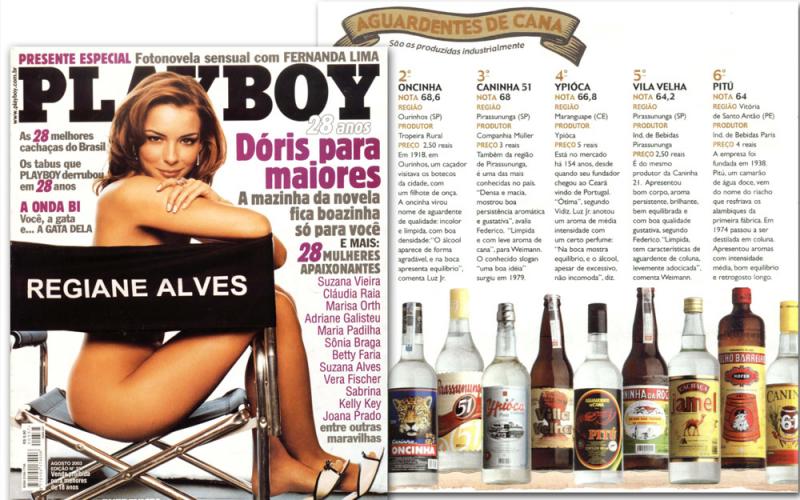
The 28th anniversary issue of Brazil's Playboy magazine (published in April) and published in August 2003 featured a survey of the 28 best cachaças in Brazil. In the survey, the visual, olfactory, and gustatory characteristics of each sample were evaluated by a team of "experts" on the subject. As a result, Cachaça Oncinha was voted 2nd best in Brazil in the "Sugar Cane Spirits" category (those produced industrially). The result demonstrates the industry's competence, quality, and solidity.
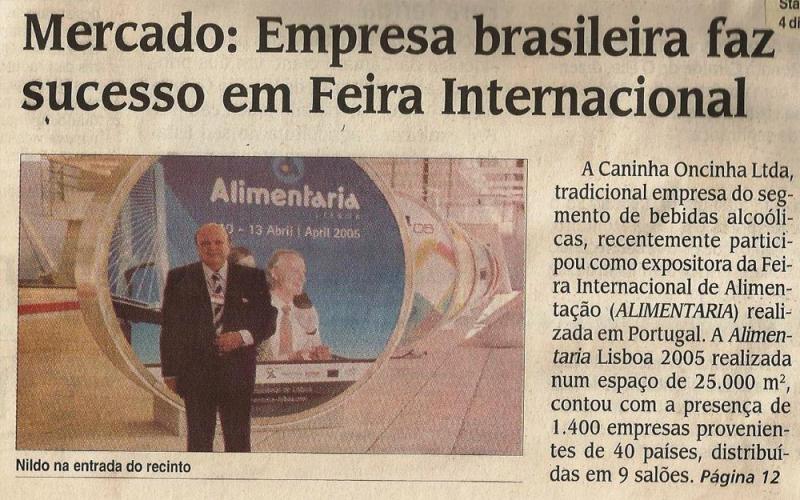
The company succeeded at the International Fair "Alimentaria", held in Portugal.
Located on the same site where the pioneers founded the small soft drink factory, Caninha Oncinha today occupies a constructed area of ??12,000 m² and stores 28 million liters of cachaça in its tanks.